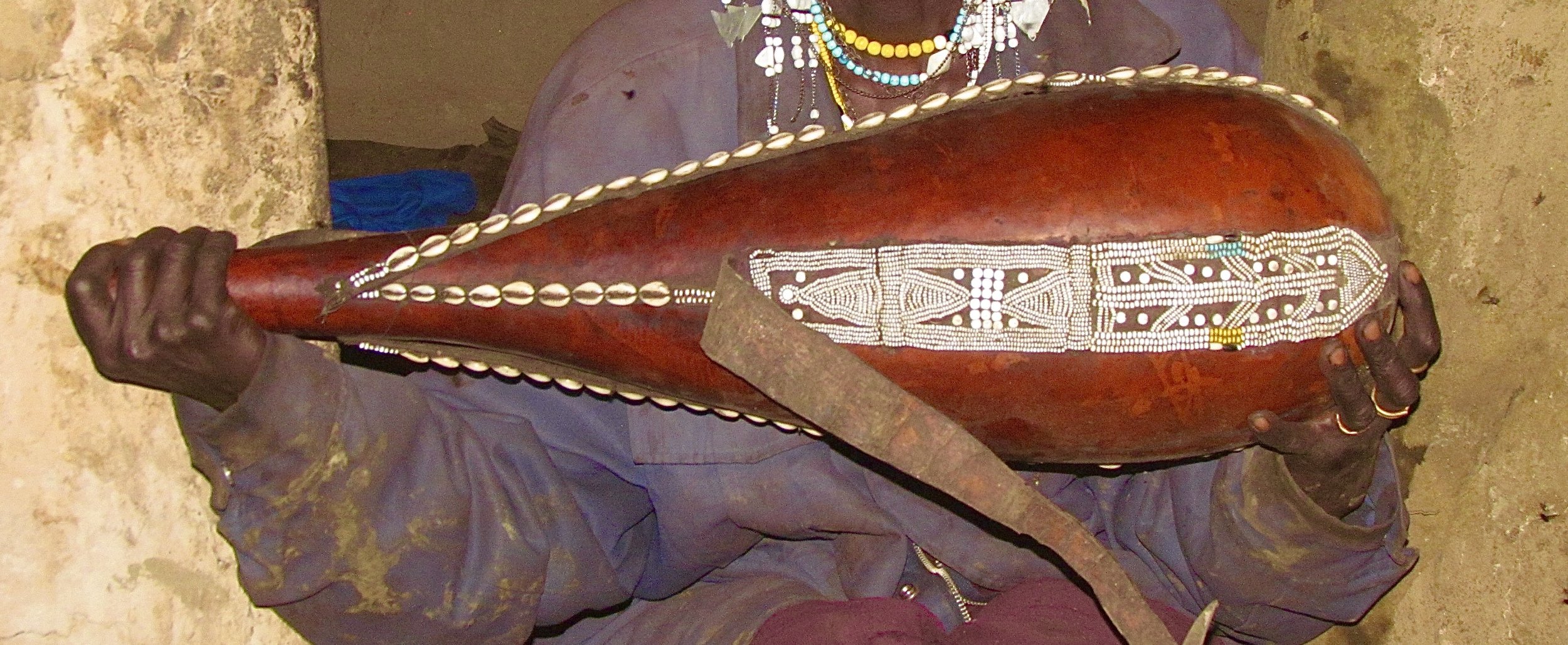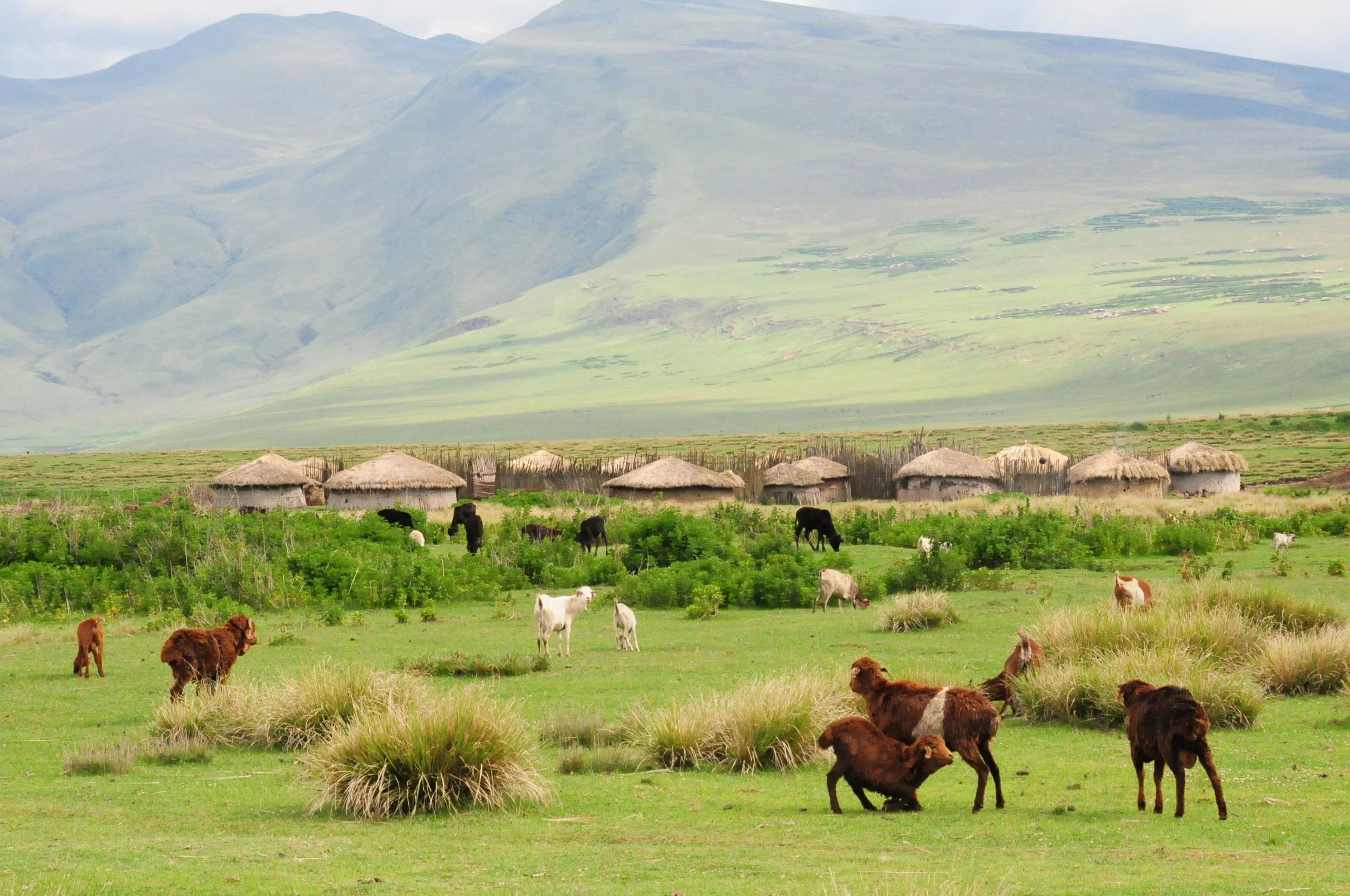
MAASAI LIVING IN NGORONGORO
The Ngorongoro Conservation Area envelops 3,200 square miles, and includes a range of resources and microbiomes. It is designated as a Multiple Land-Use System and a UNESCO World Heritage Site, and serves several purposes. These include protecting wildlife and natural resources, sustaining Indigenous residents, and the responsible growth of tourism. This land has sustained the pastoralists and their cattle for some two thousand years.
Despite the vastness of their surrounds, Maasai living in the Ngorongoro Conservation Area have very limited access to local resources
In 1959, under the British colonial government of Tanganyika, the Ngorongoro Conservation Area Ordinance (No. 14) transformed the Ngorongoro Conservation Area (NCA) into a multiple land-use area, where wildlife conservation was to be reconciled with the rights of the Maasai. However, this move caused the Maasai to lose those critical water resources and grazing areas, as well as be confined to a much smaller zone. As the NCA is a protected area, the government has placed restrictions on populations within it, which has placed stress on the communities. The few natural resources that were available to them originally in the NCA were even further limited. Access to the Ngorongoro Crater and Olduvai Gorge, which provided herds with critical resources of salt and water during the dry season, is highly restricted.
As the rest of the country moves forward, the Maasai living in Ngorongoro seem to be left behind and forgotten.
As the pastoral economy declined, the Maasai began to cultivate small sections of the land. However, the Tanzanian government decided any cultivation was unsustainable and banned the practice in 1975. The pastoral economy declined even further and food insecurity increased so much that the ban was lifted in 1992, but it was reinstated in 2009. Since then, food insecurity has continued to be a pressing issue for Maasai communities living in the NCA.
Additionally, the Maasai living in Ngorongoro have the challenges that come with living extremely remotely. Alailelai ward is located nearly two hours from the NCA’s entrance gate, with poor (if any) roads leading to the villages and few options for transport. This means that accessing basic needs, such as food and clothing, is a difficult process and has an added transportation cost. Locals are also restricted in terms of which areas of the NCA they are allowed to occupy.
Finally, social institutions within the conservation area are poorly maintained and the communities have few options in terms of access to education, health care or economic opportunities. The Maasai often face marginalization from other tribes and are stigmatized as a population that is too traditional. Currently, they are being encouraged (financially and otherwise) to move outside of the Conservation Area, and no new people are being allowed to move into the NCA.
Though the culture is slowly shifting, most Maasai in the NCA still stick closely to tradition



